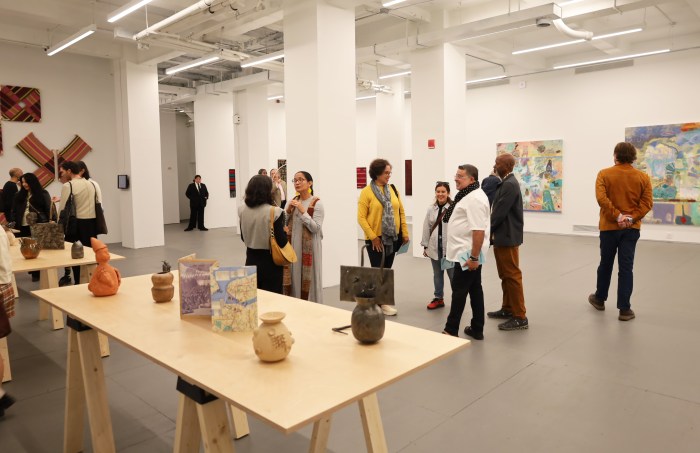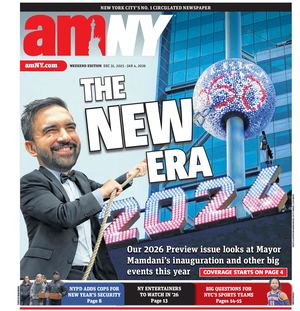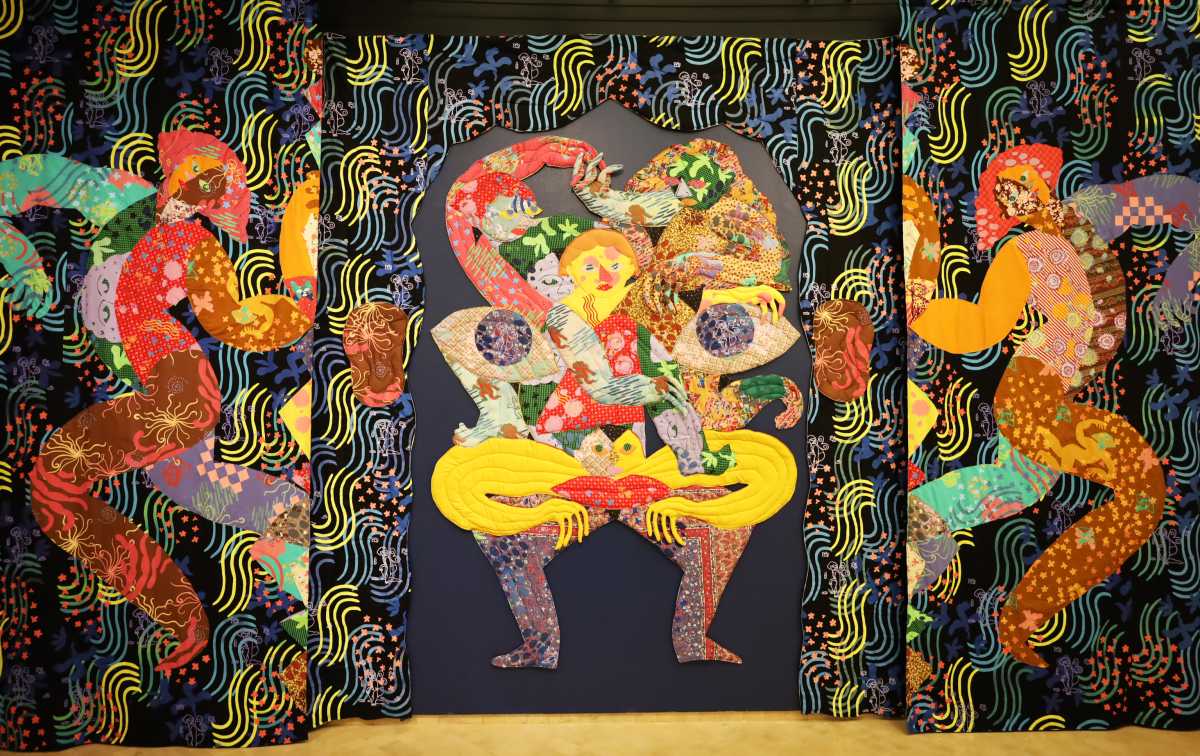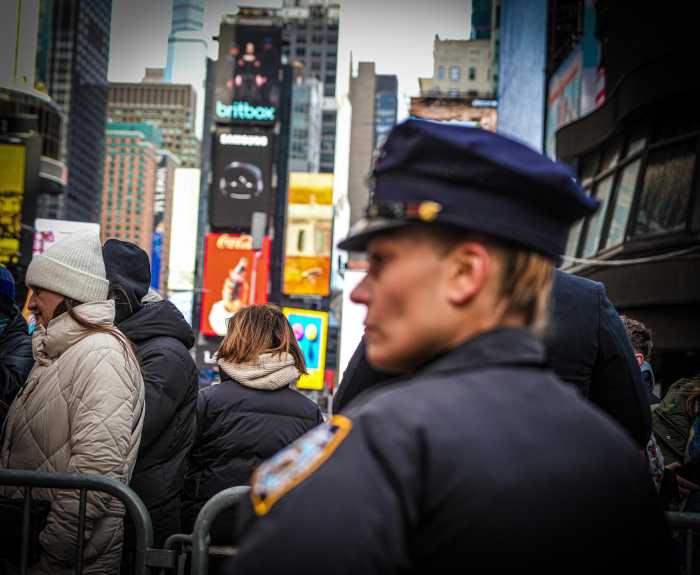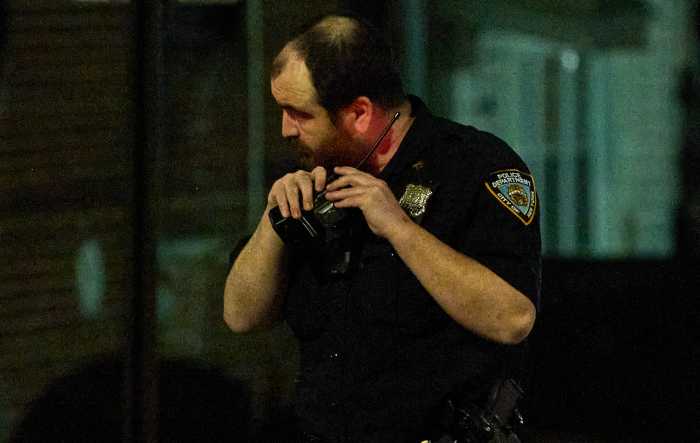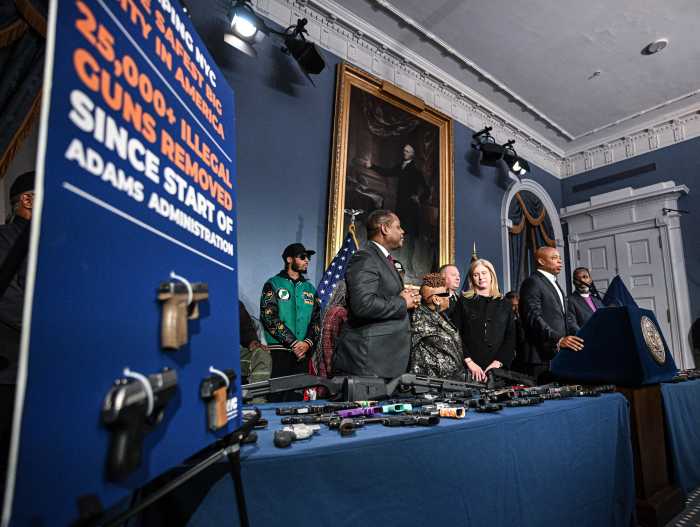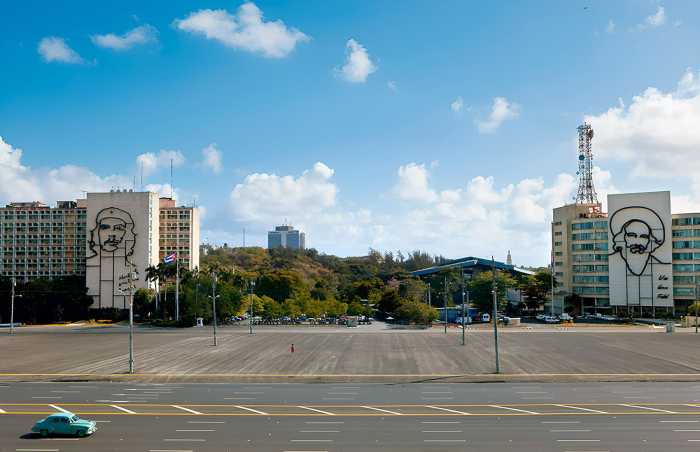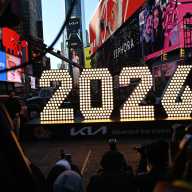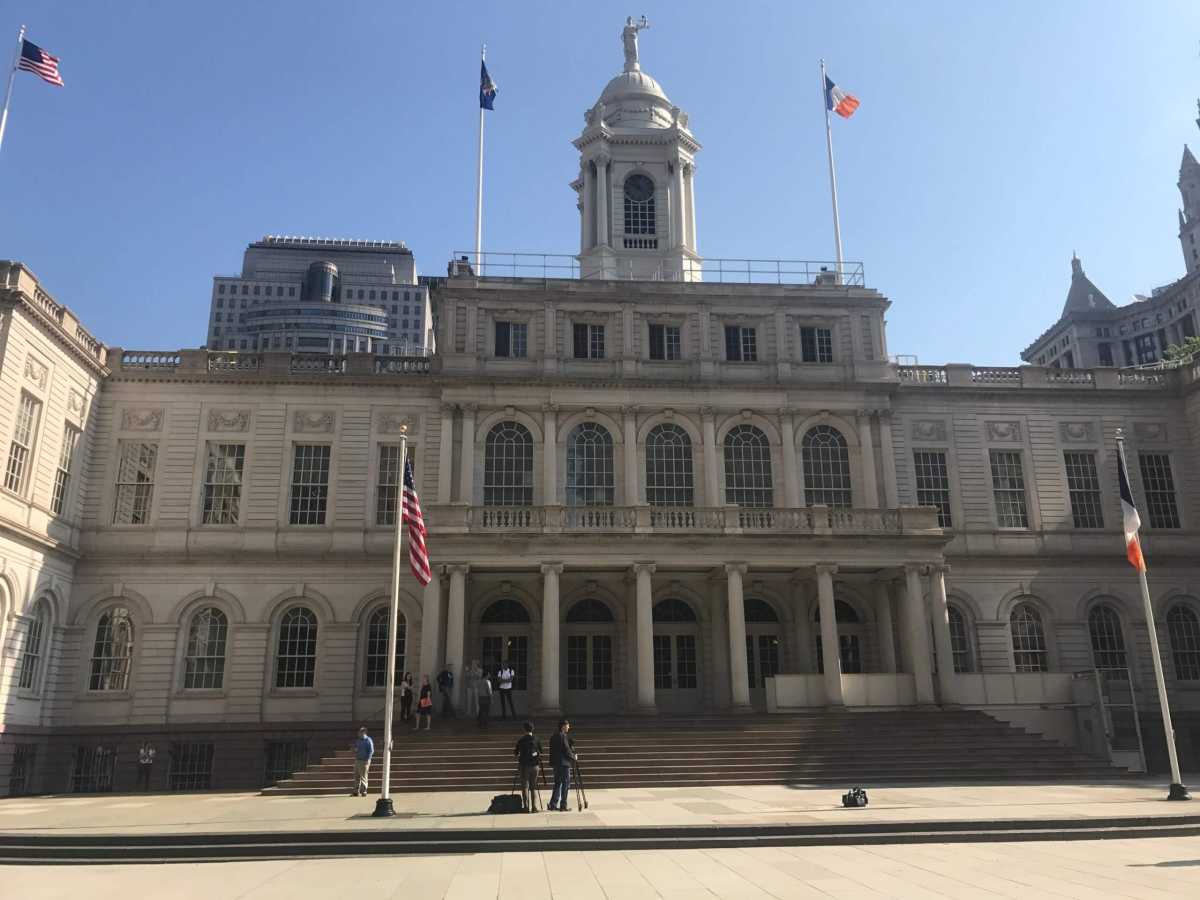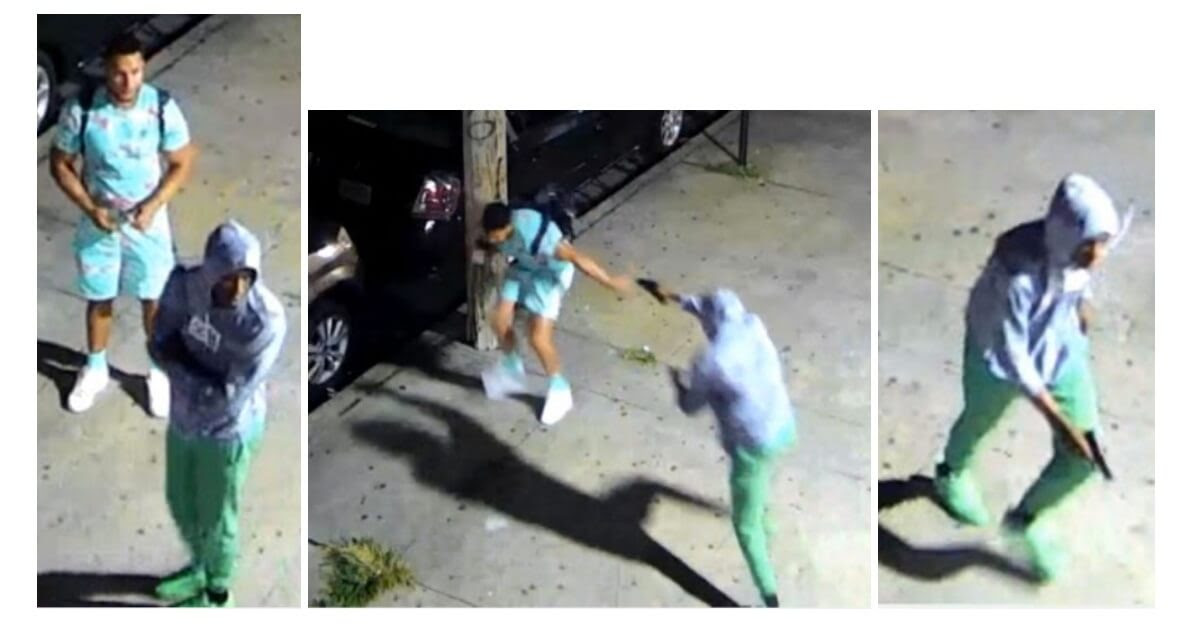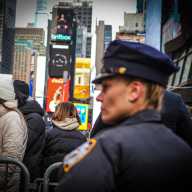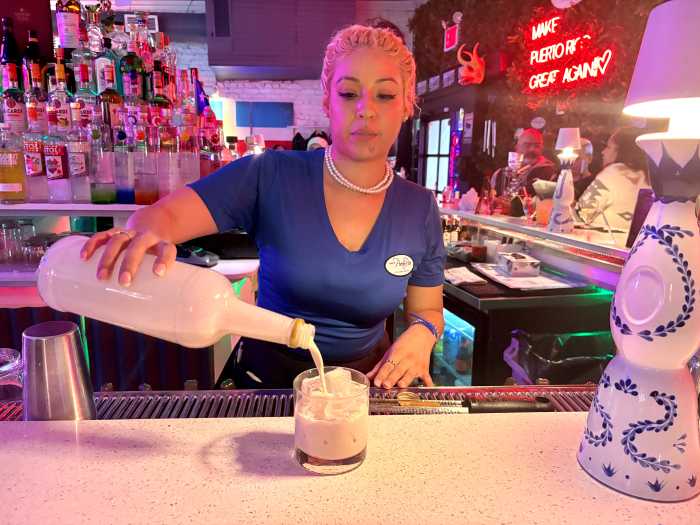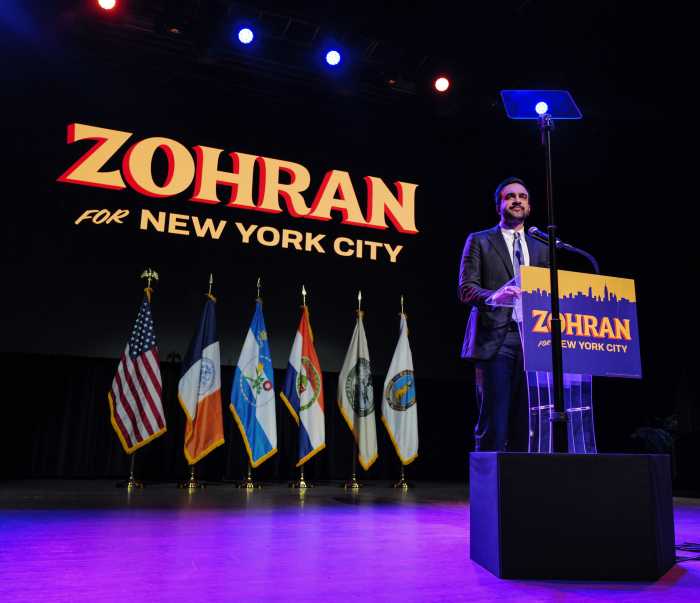As National Hispanic Heritage Month comes to a close, El Museo del Barrio reopens after a month-long installation process and welcomes visitors with “La Trienal: Flow States.”
The only museum in Manhattan dedicated to the work of contemporary Latinx artists, El Museo presents its second triennial, featuring more than 50 works by 33 artists, that explore themes of identity and experiences as told by those, not only of the Hispanic diaspora, but of countries influenced by Spaniard colonialism, like the Philippines and others.
Ranging from commissions to installations to participatory art, to ceramics, to paintings, photographs, drawings and more, the exhibit reflects on how cultures and environments are shaped by those who cross the borders of space and time with the customs and traditions of their ancestors and native lands. Through migration, individuals forge new identities that carry for generations, like Nuyoricans and Chicanos; New York-born Puerto Ricans and American-born Mexicans, respectively.
“We are expanding the notion of geographies,” said El Museo’s executive director, Patrick Charpenel.
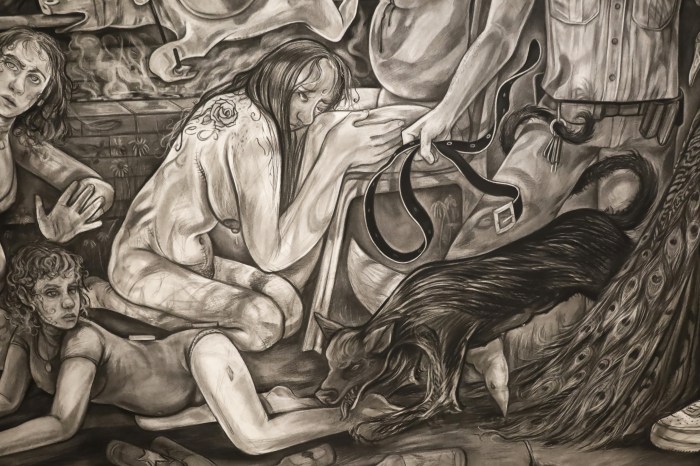
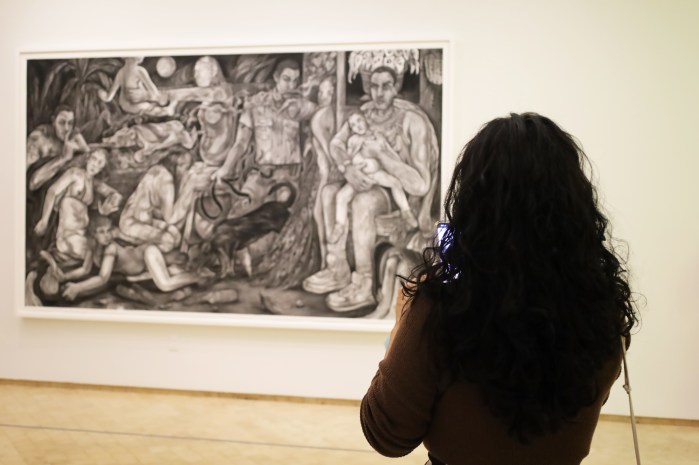
Upon entry into the main galleries, visitors are enticed by the pungent, saccharine smell of pineapple and coconut perfume. On the floor nearby sits a large, clear rectangular container filled with hundreds of “Caribbean colada” air fresheners which are also stapled to the bottom of the gallery walls; the kind that hang on a car’s rearview mirror.
Chaveli Sifre’s commissioned work, “Perpetual Renewal,” (2024), spotlights how a whole chain of islands, ranging from Jamaica to Cuba, are homogenized and commercialized. In this case, in the form of a blue-colored, palm-sized, tree-shaped ornamentation wrapped in a plastic sleeve, which visitors are welcome to take home.
“It’s down to this idea of how we sell the Caribbean,” Sifre, an artist from Puerto Rico, told amNewYork Metro. She is also very keen on creating unique experiences that abstract one’s idea of what art should be, like bringing scents into a gallery space. “I think it’s a really powerful medium that is barely used — smell really is an awareness.”
“Perpetual Renewal,” finishes with a pair of lungs fashioned out of red and blue neon lights, reminding visitors that their breath is with them wherever they go.
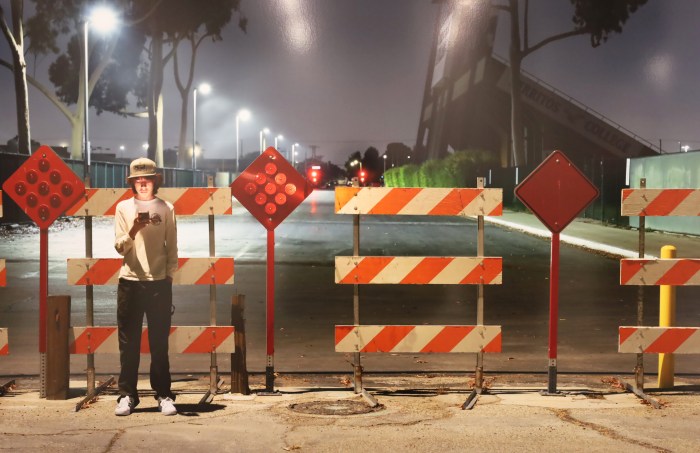
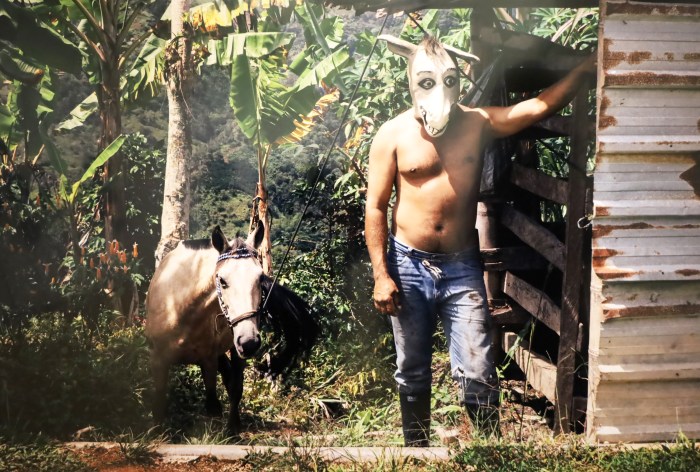
Some works take on social commentary with a satirical bent, like Liz Cohen’s photographs of individuals wearing a rubber donkey mask whilst immersed in the fauna of a coffee plantation, including a nude self-portrait of the artist. Named after the pet donkey of Colombian coffee mascot Juan Valdez, Cohen’s series, Conchita’s Secret (2024), inspires humor but also pokes at something deeper.
“More than half of the agricultural work in coffee is done by women and they’re not represented in the iconography, really, except for the donkey,” Cohen told amNewYork Metro.
Other works take on a much more somber tone, like Alina Perez’s “Family Romance” (2024). An approximately 4×6-foot charcoal-on-paper drawing with explicit depictions of molestation and domestic violence occurring under the guise of a family party. The whole-roasted pig on a spit that goes right through the naked abdomen of one of the figures gives a stark and twisted narrative to the composition that makes it hard to look, but even harder to look away.
In the same room, on the opposite wall, Maria A. Guzmán Capron’s interactive work of art swings open and closed as participants rig the rope-and-pulley system that controls it. Made up of two parts – “En Tu Mirada/In Your Eyes” and “Las Curlies,” the colorful quilted curtain of whimsy dances away to reveal a multi-faced, multi-limbed, vibrant figure, looking like some fantastical goddess. Lastly, an unconventional, green-colored bench titled “Aquí Para Ti/Here For You” gives viewers a place to sit and enjoy the show.
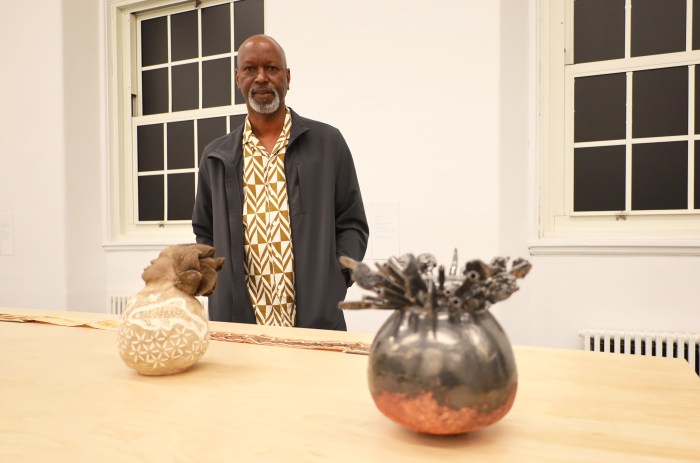
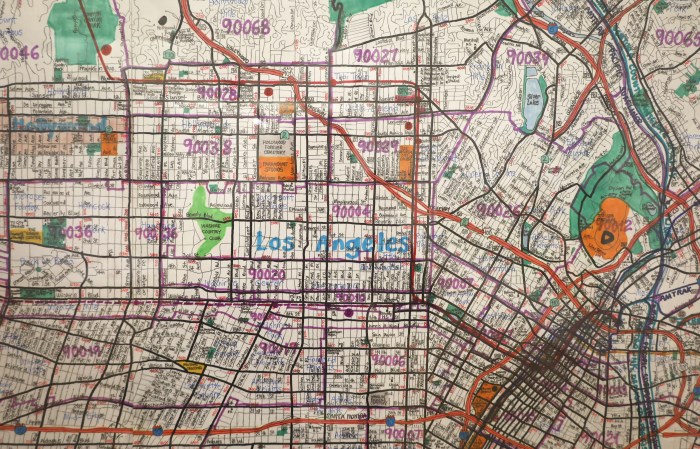
With great detail and precision, Joe Zaldivar’s hand-drawn maps illustrate the different places the artists from “Flow States” call home. The bustle of these major cities, like Dallas, Manhattan, and Los Angeles, is channeled by the multiple layers of lines and street names that busy the eye but, more importantly, give light to the diaspora of the Latinx umbrella.
The inaugural triennial, “Estamos Bien/We’re OK” (2020/2021), responded to a global pandemic and social unrest that ravaged the country and the world. However, according to Charpenel, its origins date back to 1999 with the “(S) Files” biennials, aka the “Selected” Files.
On view through Feb. 9, 2025, and accompanied by a fully illustrated, 360-page catalogue and artist-led bird walks on Oct. 11 and 12, “La Trienal: Flow States” brings the lived experience of Latinx artists to the forefront. Whether filled with dread or laughter, humanity is at its core.
“It’s a very expansive way of looking at Latinx culture,” said María Elena Ortiz, visiting curator from the Modern Art Museum at Fort Worth, TX, who worked alongside El Museo curators, Rodrigo Moura and Susanna V. Temkin, for the exhibit.
